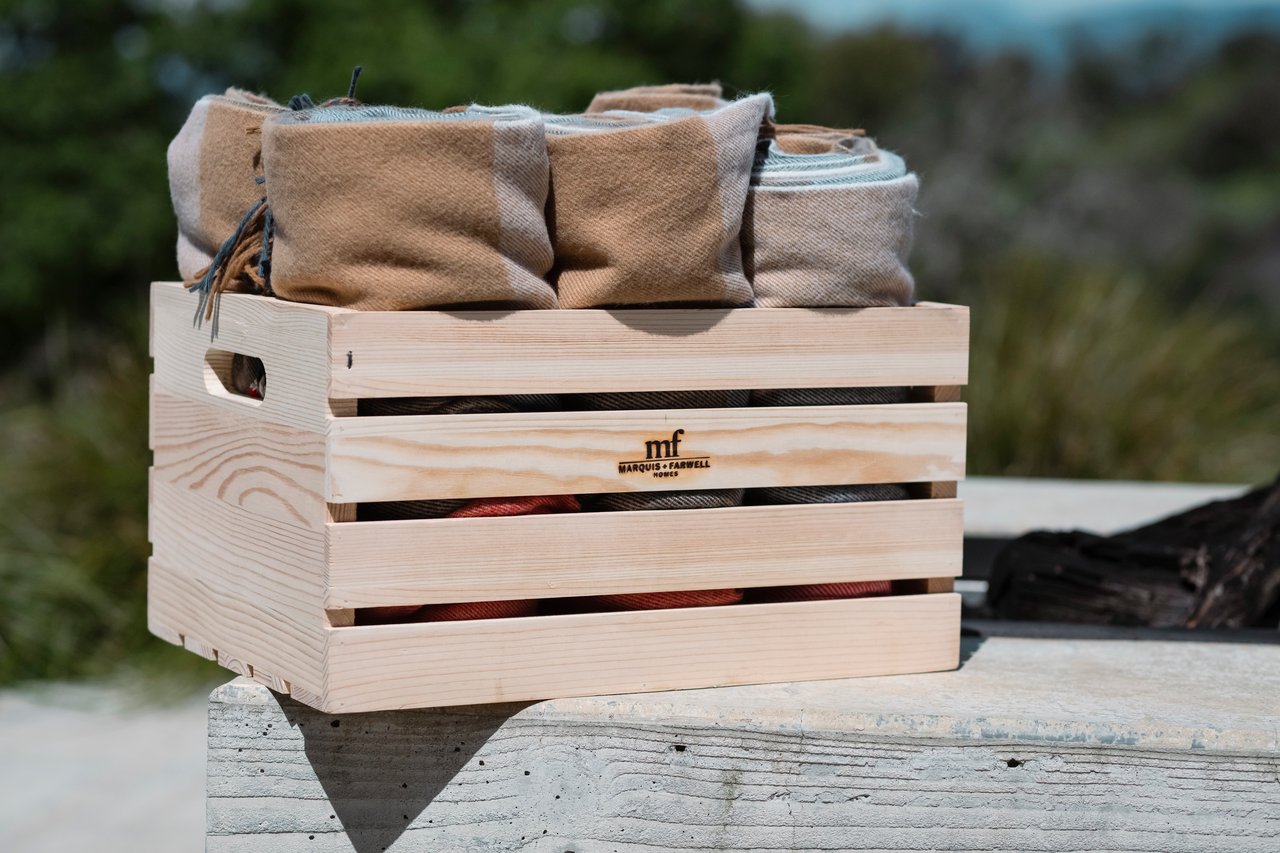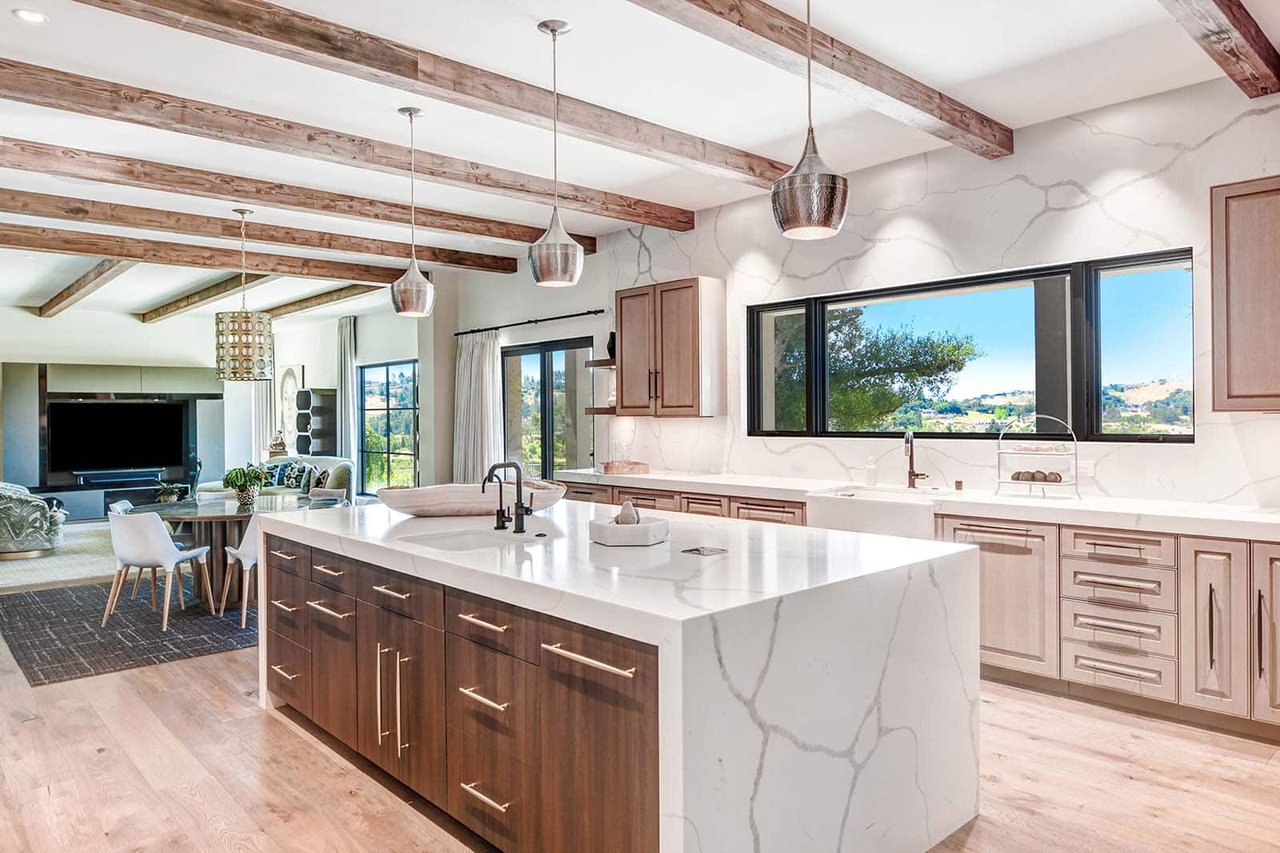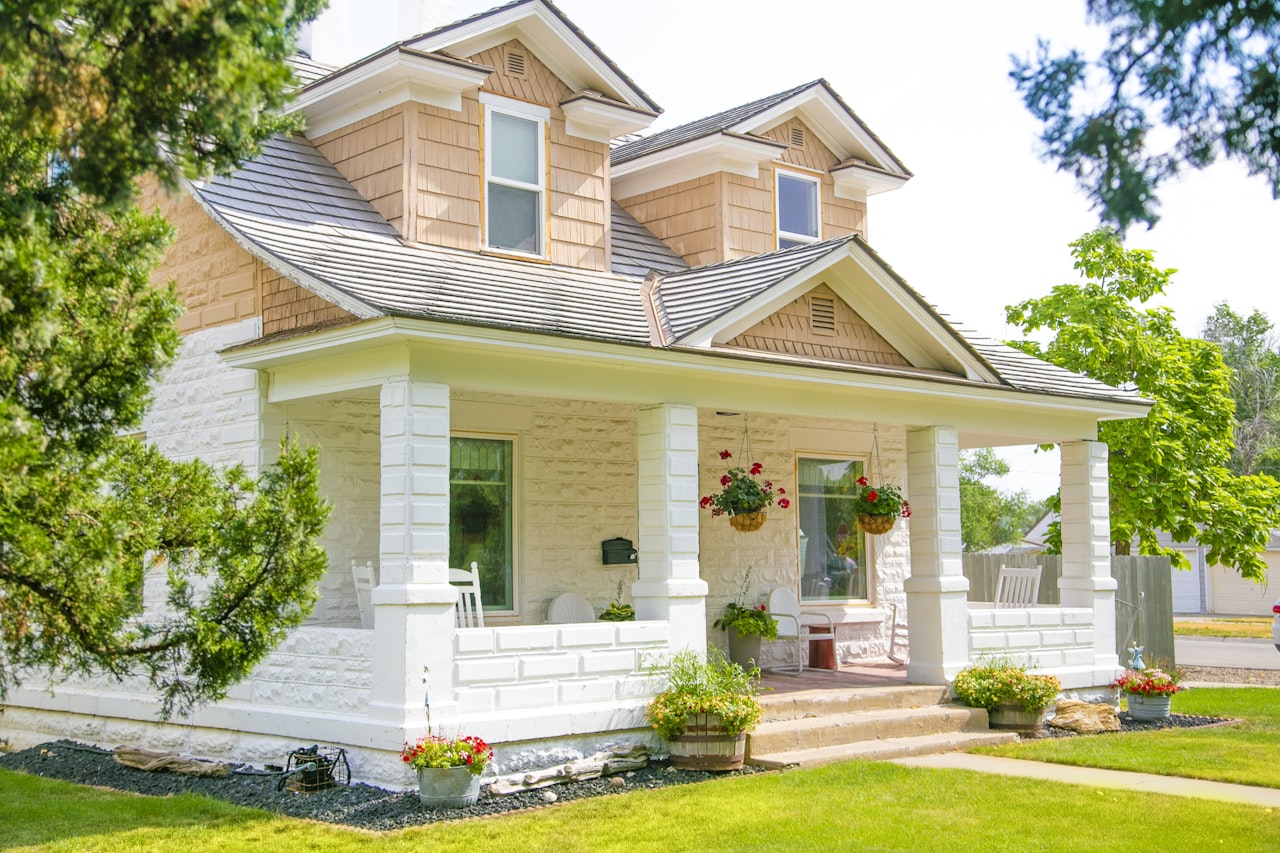National housing market indicators available as of September showed activity in housing markets overall improved. Trends in some of the top indicators for this month include:
• Purchases of new homes rebounded in August to their fastest pace in five months. New single-family home sales shot up 28.8% to 685,000 units (SAAR) in August from an upwardly revised pace of 532,000 units in July but were down marginally (0.1 %) year-over-year (y/y). New home purchases increased in all four Census regions. Note that monthly data on new home sales tend to be volatile. New home sales are based on a purchase agreement, unlike existing home sales which are based on a closing. (Sources: HUD and Census Bureau).
• Existing home sales declined for the seventh straight month, reaching the lowest level since May 2020. The National Association of REALTORS® (NAR) reported that August sales of existing homes (including single-family homes, townhomes, condominiums, and cooperatives) dipped 0.4 % to 4.80 million units (SAAR) from a pace of 4.82 million in July and were 19.9% lower y/y. Because existing home sales are based
on a closing, August sales reflect contract signings in June and July. Sales increased in the Northeast and West, remained the same in the South, and declined in the Midwest. Mortgage rates continue to increase, inventories of existing homes are still lean, and house prices, although moderating, continue to show strong y/y growth—all of which constrain sales.
• New single-family home construction rose after declining for five consecutive months. Single-family housing starts increased 3.45% to 935,000 homes (SAAR) in August from a pace of 904,000 in July but were 14.6 percent lower y/y. Multifamily housing starts (5+ units in a structure), at 621,000 units (SAAR), climbed 28.6% from July and were 31.0% higher than a year ago. Note that month-to-month (m/m) changes
in multifamily starts are often volatile. Total housing starts increased 12.2% to 1.58 million units (SAAR) in August but were down marginally (0.1%) y/y. Construction costs and labor shortages continue to constrain homebuilding, although residential construction employment increased in August and was up 4% y/y. (Sources: HUD, Census Bureau and BLS)
• House prices declined from the previous month and annual house price appreciation continued to decelerate in July, with annual gains ranging from 13.9 to 16.1%. The FHFA seasonally adjusted purchase-only house price index for July estimated that home values declined 0.6 percent m/m but rose 13.9% y/y, down from an annual gain of 16.3% in June. The FHFA index shows that U.S. home values are 76% above the peak set in April 2007 during the housing bubble. The non-seasonally adjusted (NSA) CoreLogic Case-Shiller® 20-City Home Price Index, posted a 0.75% m/m decline in home values in July but an increase of 16.1% y/y, down from an annual gain of 18.7% in June. Mortgage financing has become more expensive as the Federal Reserve raises interest rates, a process that began in April. As a result, house-price growth may continue to decelerate. The home price data for both indices are based on real estate sales contracts signed in late May and June with subsequent closings during July. (Both price indices are released with a 2-month lag.)
• The inventory of homes for sale rose for new homes but declined for existing homes. The listed inventory of new homes for sale, at 461,000 units at the end of August, increased 0.4% m/m and 23.3% y/y. That inventory would support 8.1 months of sales at the current sales pace, down from 10.4 months in July due to the surge in August sales. After increasing for five months, available existing homes for sale, at 1.28 million units in August, decreased 1.5% m/m but remained the same y/y. That inventory represents a 3.2-month supply, the same as in July
due to the decrease in sales. The long-term average for months’ supply of homes on the market is 6.0 months.
• Gains in homeowners’ equity remained high, and the number of underwater borrowers continued to decline. The Federal Reserve estimated that homeowners’ equity (total property value less mortgage debt outstanding) increased 4.3%, or $1.193 trillion, in the second quarter of 2022 for a total of more than $29.0 trillion. The increase in equity, although high, was lower than the previous quarter’s gain of 5.6%, or $1.488 trillion. Home-price growth is the primary driver of gains in equity. As of the second quarter, CoreLogic estimated the number of underwater borrowers (those who owe more on their mortgage than the value of their home) decreased by 231,000 homeowners y/y to 1.03 million, or 1.8% of residential properties with a mortgage, down from 1.26 million homeowners or 2.3 % one year ago.
• Forbearance on mortgage loans continued to decline. The MBA Forbearance Survey shows the share of homeowners with mortgages in forbearance was 0.72% (362,000 households) in August, down from 3.23% (1.611 million households) one year ago. The forbearance rate was only 0.25% of all home loans in the beginning of March 2020, before the economic effects of the COVID pandemic began to be felt.
• The 30-year fixed-rate mortgage (FRM) exceeded 6% in September for the first time since 2008 and has more than doubled in one year. The 30-year FRM increased to an average weekly high in September of 6.70 percent the week ending September 29, from a high in August of 5.55% the week ending August 25 and was up sharply from 3.01% one year ago.
(Source: Freddie Mac)






























































